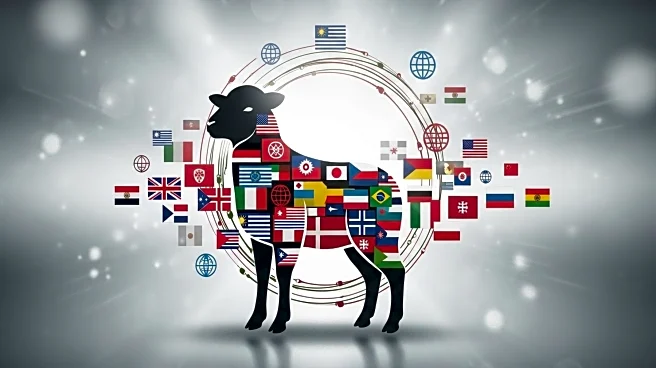What is the story about?
What's Happening?
Spotify has launched a new in-app messaging feature called Messages, aimed at increasing social interaction among users. This feature allows users to share music, podcasts, and audiobooks directly within the app. Available to both Free and Premium subscribers aged 16 and older, the feature is initially rolling out in select markets in Latin and South America. Users can start conversations with individuals they have previously shared content with, such as through collaborative playlists or shared plans. The messaging system includes options for users to react with emojis, accept or reject message requests, and report inappropriate content. Spotify emphasizes that this feature complements existing methods of sharing content outside the app.
Why It's Important?
The introduction of the Messages feature marks a significant shift in Spotify's strategy to become more socially interactive. By enabling direct communication within the app, Spotify aims to consolidate content sharing that typically occurs over external platforms like social media and messaging services. This move could enhance user engagement and retention by providing a more integrated experience. It also reflects Spotify's broader efforts to expand its social features, following previous additions like comments on podcasts. However, the feature may also face criticism from users who feel the app is becoming cluttered with too many functionalities.
What's Next?
Spotify plans to expand the availability of the Messages feature to additional markets, including the U.S., Canada, Brazil, the EU, the U.K., Australia, and New Zealand in the coming weeks. As the feature rolls out, user feedback will likely influence further developments and potential adjustments. Spotify's proactive approach to monitoring messages for harmful content suggests ongoing efforts to ensure user safety and compliance with platform rules. The success of this feature could pave the way for more direct user-to-user interaction features in the future.
AI Generated Content
Do you find this article useful?













